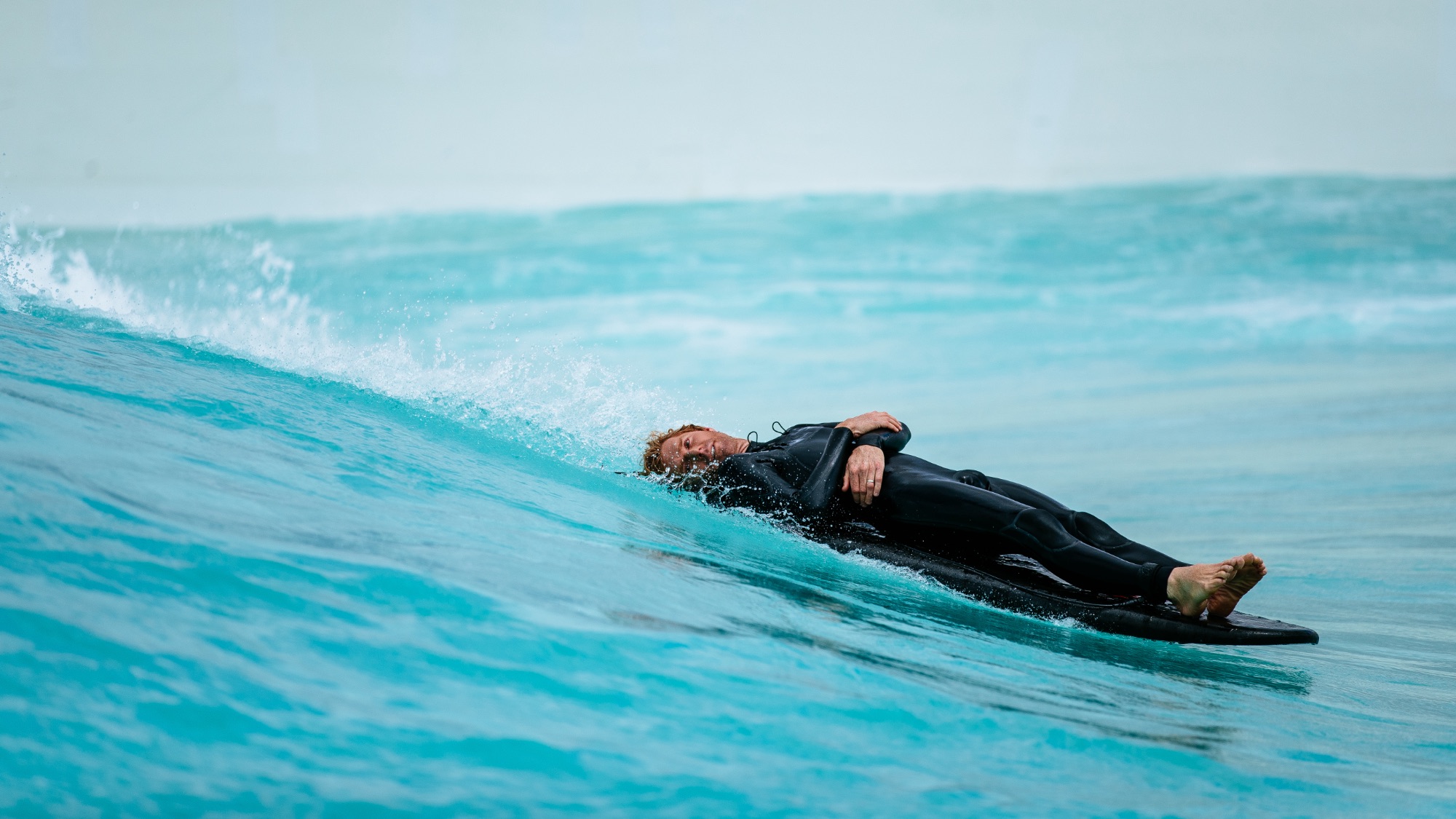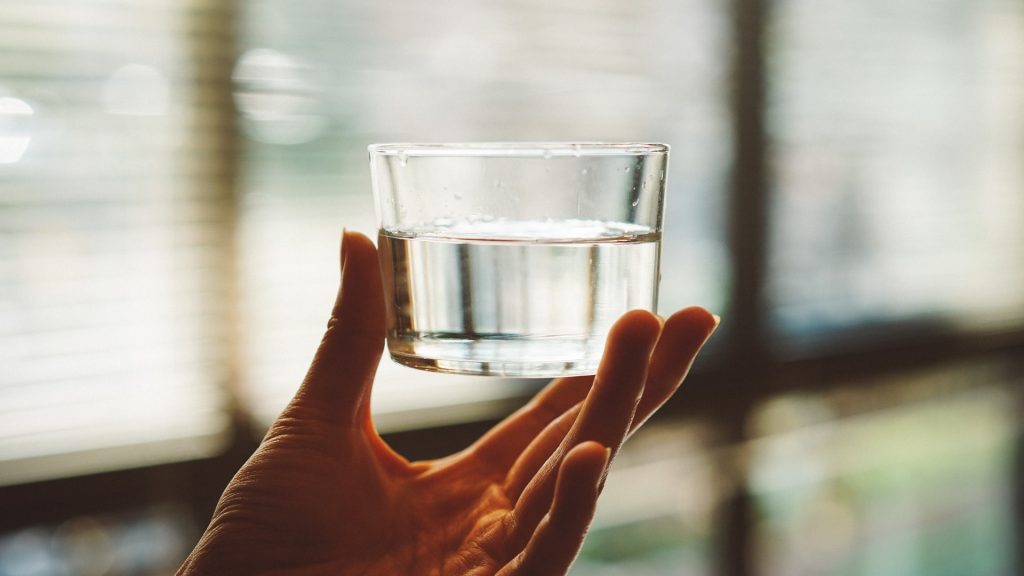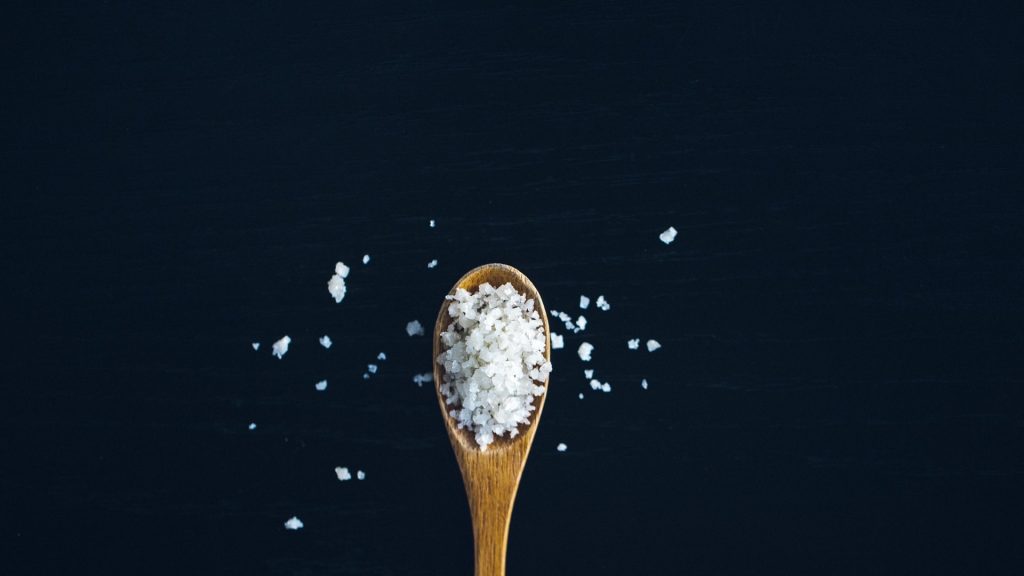Form a healthy post-surfing routine with these practices

The moment has come and many of us are finally getting the chance to get back in the water and surf. However, surf coach Cahill Bell-Warren warns that a lengthy lull means you’ll likely be overwhelmed by the experience again, with mistakes and fatigue you haven’t experienced since the first day you surfed.
So to let your body readjust, you’ll need to ease back into surfing by having less-intense sessions. And because you’re getting used to the activity again, it’s all the more important to learn proper aftercare to help get you back into shape. Below are a few habits to build a good post-surfing routine with:

Drink water ASAP after surfing
Floating on saltwater doesn’t mean you’re staying hydrated. As a workout, you sweat when you surf, but you just don’t notice it because the water washes it off immediately. If you’ve skipped drinking water for most of your surf time, you may experience headaches, a dry mouth, and sluggishness. These are signs of dehydration, and so the first thing you’ll need to do when you get out of the water is to rehydrate yourself. Aside from regular water, coconut water is a great natural source of electrolytes. Sports drinks are also good as they contain nutrients that can boost energy and balance electrolytes.
Eat protein to support muscle recovery
Surfing is a full-body workout, and eating the right foods can support recovery by providing you with nutrients. Protein is especially important to help rebuild tired muscles. It’s usually recommended that you consume protein within an hour post-workout, which banks on the idea that muscles absorb and use the protein more if eaten immediately after an exercise. That said, US News notes that your muscles are still responsive to the protein long after working out.
This means you can space out your protein intake throughout the day. Some protein-rich foods to eat are lean meats like fish and chicken, eggs, and dairy products. Support a full-body recovery with other nutrients too — carbohydrates from whole grains can boost your energy, and healthy fats from sources like avocado and nuts can also help manage muscle soreness.

Stretch all your muscles
If you got too excited on your first post-lockdown surf, you may have overexerted yourself and caused excessive lactic acid build-up. Lactic acid is actually normal, being produced in the muscles, but it can build up and cause painful and sore muscles. Despite being temporary, getting rid of the lactic acid will help your muscles recover faster.
To do this, take the time to stretch after your surfing session. This is because stretching stimulates circulation and relieves tension, which can remove the accumulated lactic acid and relax your muscles. Because you’ll want to release tension from all your muscles, SymptomFind suggests several easy stretches that target every muscle group, from the neck to the hamstrings and calves in your legs. To get the most out of your stretches, they suggest holding each stretch for 30 seconds and avoiding pushing your muscles to the point of pain. A little bit of discomfort is fine, but pain is not!

Soak in a bath of Epsom salt
Epsom salt is also called magnesium sulfate and is known in the sports world for being able to relieve muscle soreness. A Medium article breaks down how Epsom salt reduces inflammation and assists in muscle recovery. It also improves absorption of nutrients and helps flush out toxins (such as lactic acid). Epsom salt can reduce stress and encourage feelings of satisfaction and relaxation as well.
The best way to use Epsom salt after a surf session is to dissolve around two cups in 15 gallons of water—the size of a standard bathtub—so you can immerse all your muscles. Keep in mind that because it’s a salt bath, you should hydrate yourself before and after.

Get enough quality sleep
It’s already a well-known fact that sleep is an important part of the recovery process, but let’s dive a bit deeper into why. First, you should know that there are two kinds of sleep: REM (rapid eye movement) sleep and non-REM sleep. REM sleep helps your mind recover, while non-REM sleep is when your body works to repair itself. The latter is also when your brain has very little activity, so more oxygen and nutrients are available for your body to use to repair muscles and other cells. REM sleep is also when the pituitary gland releases growth hormones that stimulate muscle growth and repair. To give your body enough time to recover, aim to get seven to nine hours of sleep.
Aside from getting a good amount of sleep, also consider where and how you sleep to ensure that your rest and recovery period is uninterrupted. While feeling sleepy after exerting yourself in surfing is normal, wait until you get to a place where you can sleep comfortably. This includes having a good mattress so you don’t wake up with a still-sore body from sleeping on a hard surface.
It’s definitely exciting to surf again after dreaming about it during the months of lockdowns and quarantine periods. However, since you’re not used to the activity anymore, ease yourself into it again and don’t overexert yourself. And to help you recover, be sure to practice healthy surfing aftercare.
Related Coverage
